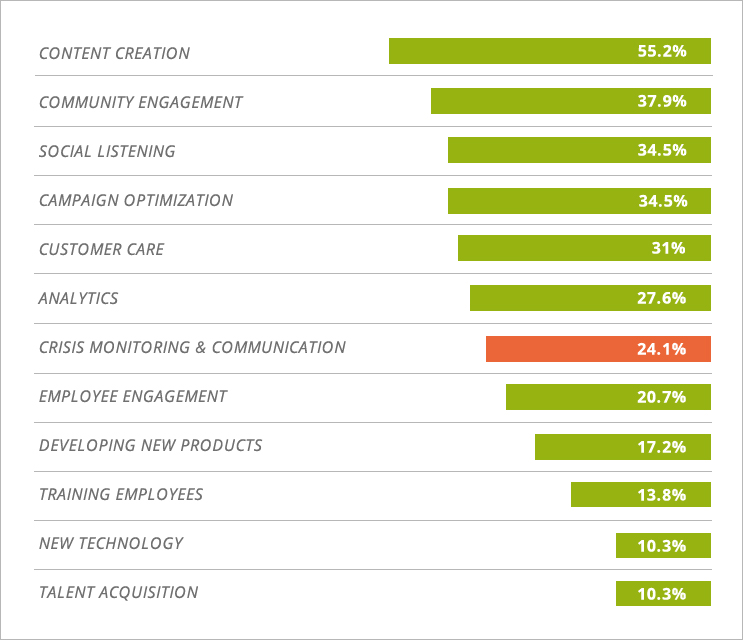Turbulence
Most business leaders would prefer to focus on acquiring customers and growing revenue rather than planning for potential threats to their company’s reputation. But the three examples cited at the beginning of this article actually occurred—just ask comedian Dana Carvey, whose surgeon bypassed the wrong artery—and they will happen again. Reasonable crisis preparation can prove key to protecting your brand from derailment.
Savvy healthcare business leaders are aware of their organization’s vulnerabilities and can identify potential landmines. And while many executives can often predict inbound turbulence, they frequently ignore warning signs and hope to fly around it rather than straight into it. Indeed, most businesses have dusty, outdated crisis communications protocols that rarely sync with scenarios that suddenly erupt.
Company CEOs aren’t the only ones unprepared for an unanticipated PR crisis. Their marketing staffs are sometimes equally blind. According to a social media marketing study by Duke University’s Fuqua School of Business, fewer than 25 percent of healthcare and pharmaceutical company Chief Marketing Officers are planning to invest in crisis monitoring and communication.



